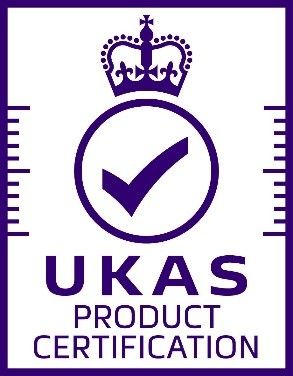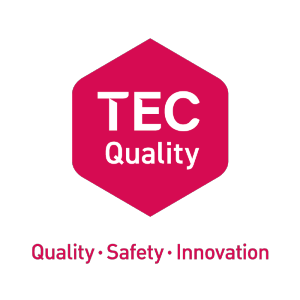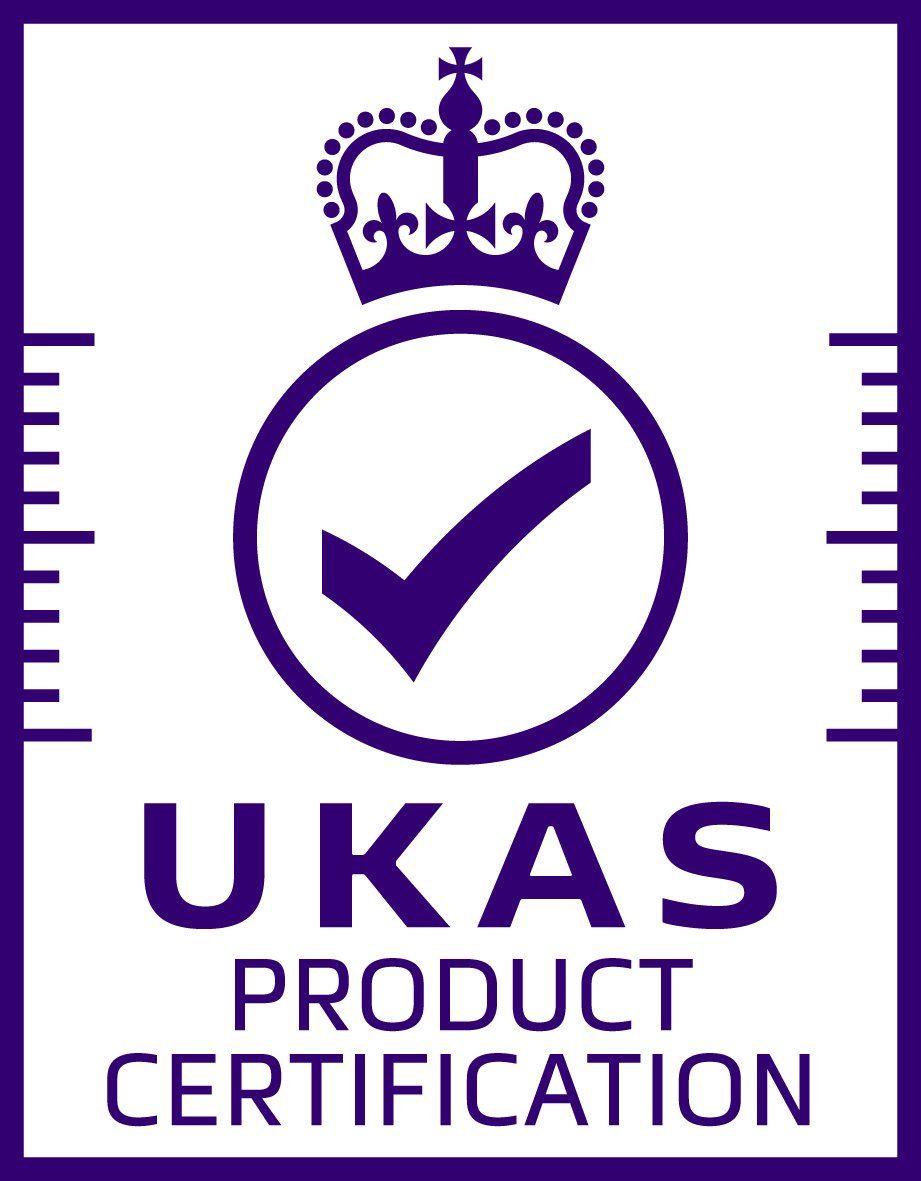
The UKAS accreditation forms the backbone of the QSF. Offering both a unique approach to quality assurance in the TEC sector that is driven by objectivity and underpinned by mandatory validation on an annual basis.
Community equipment and wheelchair services play an important role in helping people of all ages, including children, to perform essential activities of daily living to maintain their health and independence and to live as full a life as possible.
Community equipment may include, but is not limited to:
- Home nursing equipment, such as profiling beds and pressure relief mattresses.
- ‘Equipment for daily living’, such as special seating, commodes and shower chairs
- Moving & handling equipment such as hoists and slings
- Minor adaptations, such as grab rails
- Ancillary equipment for people with sensory impairments
The provision of community equipment and wheelchair services is about ensuring that the right people have the right equipment at the point in time they need it. Compliance with this Service Delivery Module will provide assurance that organisations are delivering high quality, safe and effective services as well as provide a positive endorsement for Equipment Services staff.
Key outcomes
- Providers shall be responsive to the needs of service users and carers, helping people to maximise their ability to live independently
- Provision of equipment shall actively contribute to the prevention of unnecessary hospital admissions or prolonged hospital stays as well as the avoidance of inappropriate admissions to long term residential or nursing home care
- Community equipment shall be fitted safely and wheelchairs are supplied with reference to relevant legislation and manufacturer guidelines
Audit process
The Audit Process will seek evidence that the key outcomes have been met.
As a minimum, TEC Quality certified organisations must meet the standards below:
Note: Certification to this module is not intended to confirm, or imply compliance with the full requirements of LOLER, HSE or MHRA regulations.
* Applies to Equipment Services Only
** Applies to Wheelchair Services Only
PLEASE NOTE: Referral and Assessment of Need and Re-Evaluation (iterative process) are only applicable to organisations contracted to provide referral, assessment and re-evaluation services
Referral
• Ensure accessible information is available to support referrers.
• Have procedures in place which describe the management (receipt, recording and processing) of referrals.
•**Ensure that referrals are received from skilled professionals such as Occupational Therapists, Physiotherapists, Qualified Clinicians etc.
Assessment of need and re-evaluation
• Provide evidence that the assessment process is person-centred, designed to identify and understand user and carer needs and /or choice and where in place, to the contract and service specification also.
• Provide evidence that users and carers are actively involved in the assessment and support them to make informed decisions about equipment provision.
• Ensure that the Equipment/Wheelchair Service has procedures in place, which support the assessment process: these shall be evidence-based, reflecting local and national policy and guidance.
• Where wider support is needed and with consent, provide evidence that users are signposted to other agencies, which might help meet their wider needs.
'Ensure that dynamic risk assessments are completed both before the assessment is sent for equipment fitting and before the provision of services. This may include the assessment of safeguarding risks, the Service User and environmental conditions.
Fitting of Equipment/supply of wheelchairs
• *Demonstrate documented compliance with Lifting Operations and Lifting Equipment Regulations 1998 (LOLER).
• Demonstrate that a procedure is in place to raise safeguarding alerts if equipment cannot be fitted, or provided due to the environmental risk assessment. This should include referring the concern back to the prescriber where relevant.
Providers shall ensure that the service is delivered in a timely and effective manner with a single point of contact.
• Provide evidence that equipment is fitted in accordance with manufacturer guidelines and installed and adjusted as specified by the clinician/prescriber.
• Ensure that service users and carers receive a demonstration in the safe use of any equipment provided (Dependent on the equipment, this may not be done by the technician at the time of fitting, but at a later date by another party).
• Provide evidence that prior to fitting, all equipment has been fully tested and confirmed to be working properly.
• Ensure information is available for the service user, which includes the use, any maintenance requirements and contact details of service provider for any issues that arise in the use of the equipment
Make a referral for interlinked fire detection to be supplied and fitted, which is linked to a monitoring centre where potential fire risk is identified during the equipment fitting, or wheelchair supply process, which has not previously been noted. This information may need to be notified back to the prescriber for further action.
Maintenance
• Have a planned maintenance / replacement programme for all equipment fitted in the service user’s home as specified by the commissioning organisation i.e. all electrical items. Organisations shall have an escalation process, with final referral to the commissioner where maintenance, or replacement cannot be completed as planned.
• Provide evidence that all devices are tested in accordance with manufacturer recommendations e.g. LOLER/visual checks.
• Ensure that where required by law, equipment is subject to the correct level of Portable Appliance Testing (PAT).
• Provide evidence of servicing and maintenance of decontamination machinery.
• Provide evidence of procedures for routine and emergency repairs/call outs.
• **Ensure that emergency repair services are accessible 24 hours per day and can be undertaken at the repairers' premises and in the Service Users' homes.
• **Provide an alternative wheelchair of the correct specification, when the existing wheelchair is considered to be unsafe, or beyond economic repair. (Note, this may not be immediately achievable for more complex prescriptions where bespoke equipment is required)
Asset management
• Have operational procedures in place, to ensure all equipment, whether new or returned from previous use is fit for purpose.
• Ensure there is sufficient stock to meet orders for equipment, and sufficient capacity and resource to meet the needs of health and social care partners.
• Where sufficient stock levels cannot be maintained, organisations shall evidence liaison with the commissioner for the provision of alternatives.
• Provide evidence that there are asset management processes in place and that these have been assessed for compliance with Medicines and Healthcare products Regulatory Agency (MHRA) alerts.
• Have a process established for checking MHRA alerts and ensuring that equipment is replaced with the service user, if an alert is received. Any stock held by the provider shall be archived/disposed of to ensure it isn’t issued after the alert is received. Organisations shall have an escalation process, with final referral to the commissioner where replacements cannot be completed. E.g. where service user has moved with no forwarding address. Any stock held by the provider shall be archived/disposed of to ensure it isn’t issued after the alert is received.
• 'Demonstrate that serviceable equipment is re-used to maintain efficiencies. Any previous Service User-specific data, or settings must have been cleared/reset before it is reused.
• Have a policy and procedure for the recycling and safe disposal of equipment, in line with current legislation Provide evidence of cleaning processes in line with MHRA Decontamination Guidelines, COSHH and HSE legislation
* Provide evidence of cleaning processes in line with MHRA Decontamination Guidelines, COSHH and HSE legislation
•**Have contracts in place with suppliers to achieve agreed delivery timescales.
* Have at least one full annual stock-take of equipment to ensure that the asset management system matches what is deployed and what is on the shelves in the warehouse. Organisations must also have systems in place and be able to demonstrate that any variations have been reported to the Commissioner for the service.
Measures of Excellence
Demonstrate compliance with contractual Key Performance Indicators and that they are within any commissioner approved variances.
NAEP aspirational good practice Key Performance Indicators
Note: The Key Performance Indicators below, are not mandatory and are aspirational measures that are being developed as a national minimum standard. NAEP are aware that there are contractual requirements that will need to be evidenced This may involve service development with Commissioning partners.
- 90% equipment for emergency situations e.g. equipment required for discharge and agreed locally e.g. profiling beds, hoists, commodes), delivery and fitting of equipment, to be completed the same day
- 90% of non-urgent delivery and fitting of equipment, to be completed within 3 working days of notification
- 90% of collections of equipment after use, to be completed within 5 working days.
- All emergency repairs to be completed within 24 hours of notification – 7 days per week. (This will be limited to essential equipment to avoid admission, carer breakdown and injury e.g. profiling beds, hoists, mattresses)
- 90% of non-urgent repairs to be completed within 5 working days of notification
- In addition, demonstrate that any more responsive contractually agreed equipment delivery/collection times are being met
- Demonstrate that the community equipment package contributes to the achievement of agreed outcomes for users and carers. This shall include, facilitation of hospital discharges, admission avoidance (hospital/nursing home etc.), keeping people in their own homes, maintaining independence, arer support and avoidance of carer breakdown, reablement services.
** 92% of wheelchairs supplied to children with 19 weeks of referral
** Once in stock wheelchairs should be made available within 2 operational days.
Evidence might include
- Training Plan for team members and authority levels
- Performance management processes
- Organisational Standard Operating Procedures
- Anonymised Case Studies
- Information for service users / carers
- Stakeholder Feedback and complaints policy
- Lone Working Policy
- Risk assessment documentation
- Health and Safety Policy
- Asset Management and Tracking Procedure / System
- Evidence of decontamination processes
- Contract management documentation
"The Community Equipment Service's vision is to be a high performing and learning organisation that is collaborative, inclusive and innovative. As part of this vision, achieving the TSA Quality Standards Framework accreditation was high on our agenda. We pride ourselves on being a resident-centric quality quality service and we need an industry leading certification to validate our internal quality framework.
Completing the process has been a great learning for the organisation. It has highlighted the great work being accomplished by our amazing staff, but has also shown the areas where we need to work to become better at serving our residents and partners residents."
Christina Kofi- Sikah, Clinical Lead at Croyden Council
“Our service has changed a lot over the past few years, and it’s been useful to refer back to TSA’s standards and incorporate some of that thinking into our procurement spec and contracts, setting out our expectations for service providers. It helps us make sure the service we are delivering is right for people in North Yorkshire and right for the workers referring into the service.
As things are moving forward and there’s more technology available, it’s really important as a Commissioner to use TSA’s quality standards to inform our future service."
Rebecca Dukes, Housing Technology & Sustainability Team at North Yorkshire County Council


